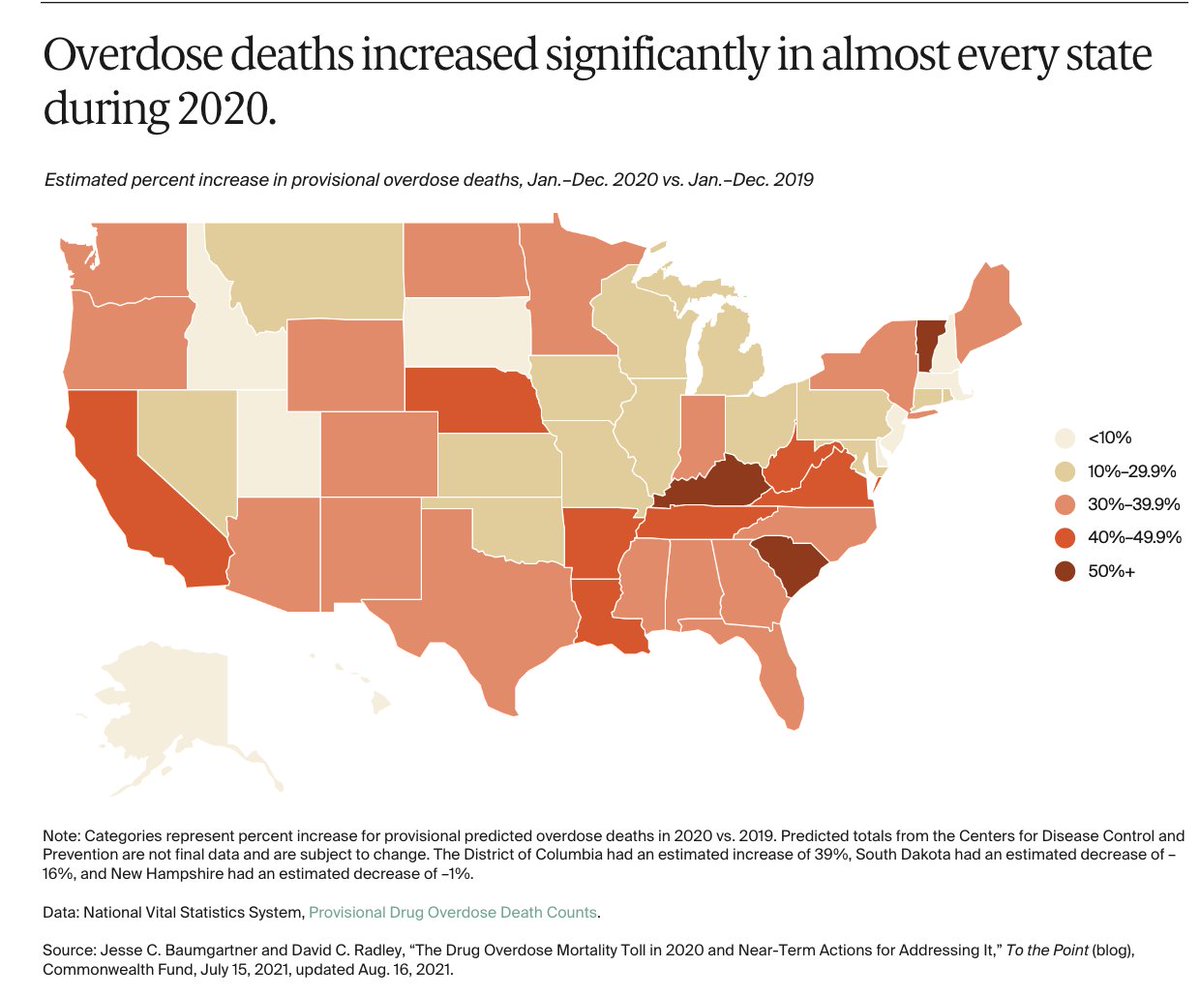
1/This week I received reports of several deaths after forced opioid taper, including a CSI:OPIOIDs collaborator.For that, there are no words
Our @OnHealer episode on Forced Taper touches on a way forward, based on genuine respect for patients pod.link/healer/episode…
Our @OnHealer episode on Forced Taper touches on a way forward, based on genuine respect for patients pod.link/healer/episode…

2/For my peers, let’s acknowledge: (a) there are patients for whom taper is helpful, (b)retrospective database studies showing harm (or lack of harm) don’t permit strong, uniform conclusions
(c) in medicine, we normally don’t force change on stable patients absent consent ☑️
(c) in medicine, we normally don’t force change on stable patients absent consent ☑️
3/But in practical reality, the policies and metrics that tend to incentivize or mandate forcible taper of stable patients lack credible evidence in their favor, and at this time they run contrary to 3 separate federal declarations from: FDA, CDC, HHS, all in 2019.
4/But if a change to care can *sometimes help & other times cause devastation* we must ask about that, with open minds
We cannot protect patients by *preaching from statistical summaries of retrospective database analyses*
Patients, families & researchers need to work together
We cannot protect patients by *preaching from statistical summaries of retrospective database analyses*
Patients, families & researchers need to work together
5/One part will come from my team.
CSI:OPIOIDs is research. We seek survivors who have lost a loved one by suicide after Rx opioid change.
We are a pilot study, a survey, at this time. We have worked for 3 years, so one day it will be *more than a pilot study* We are persistent
CSI:OPIOIDs is research. We seek survivors who have lost a loved one by suicide after Rx opioid change.
We are a pilot study, a survey, at this time. We have worked for 3 years, so one day it will be *more than a pilot study* We are persistent

6/We are a team. It includes, now, the people in the picture. It includes suicide scholars, health services experts, patients, and wonderful consultants not shown in the picture who care about pain and suicide among our Veterans in particular. #StopVeteranSuicide 

6/If you know someone who has suffered the devastating loss of a close friend or family member suicide in the wake or a prescription opioid change, let them know, we have a survey.
Our mission is: to help prevent such deaths by suicide in the future
go.UAB.edu/csiopioids
Our mission is: to help prevent such deaths by suicide in the future
go.UAB.edu/csiopioids
7/I must restate a human reality so there is no confusion:
Not these words
Not our research,
Not even my prayers …
..can immediately deliver the true Solace survivors need now,
and they can’t deliver the Protection pain patients deserve, right now 😔
Not these words
Not our research,
Not even my prayers …
..can immediately deliver the true Solace survivors need now,
and they can’t deliver the Protection pain patients deserve, right now 😔
8/But there is hope:
there are now patients, advocates, clinicians, researchers, thought leaders, writers, and others,
who have begun to work - painful and slow as it can feel.
And there is a teaching about this
there are now patients, advocates, clinicians, researchers, thought leaders, writers, and others,
who have begun to work - painful and slow as it can feel.
And there is a teaching about this

9/I thank many who are helping patients & survivors
There are many who have stepped forward in different ways, to help patients. I will list some who influence our work, even when amongst us, there are diverse views & interpretations
There are others I may miss - by accident
There are many who have stepped forward in different ways, to help patients. I will list some who influence our work, even when amongst us, there are diverse views & interpretations
There are others I may miss - by accident
10/ @national_pain @PainPtFightBack @OldHeadFighta @purplemamabear @IASPpain @BethDarnall @AJ_Gordon @RyanForRecovery @AllysonVarley @SMeghani_PhD @HillPharmD @PoojaLagisetty @LarochelleMarc @LeoBeletsky @slsatel @CarlynZwaren @Amy_L_Partridge @PatrickDoyle_35 @dineenkk @maiasz
11/@TNREthx @tal7291 @ArtL7 @LelenaPeacock @DavidSFink @headdock @BrookeM_Feldman @BobTwillman @lipiroy @ml_barnett @ChadDKollas @dineenkk @DrAyanaJordan @adfoxMD @DrChinazo @NitaGhei @cappi_uab @YngvildOlsen @EliseDasinger @mattbc @AdamGentry2021 @PainNewsNetwork @meggerber
12/ @MichaelNey19 @EliseDasinger @Irishbrat1966 @LeahLonebear @jenndoliva @DrZackaryBerger @DanLairdMD @funchefchick @DrScottHadland @DrSarahWakeman @ACLakeMD @drcarlhart @garthmullins @drrickbarnett @Amy_Bohnert @Peter_Grinspoon @TimLaheyMD @josephwfrank
• • •
Missing some Tweet in this thread? You can try to
force a refresh









